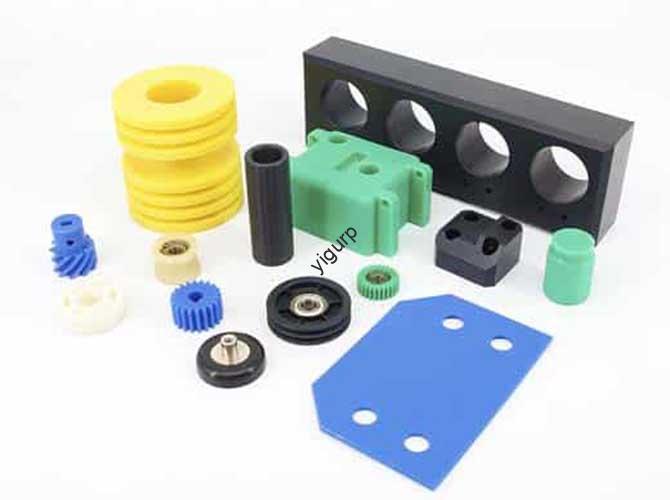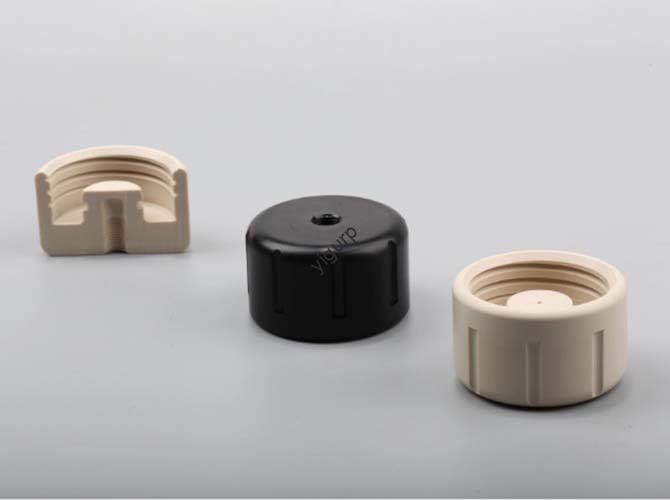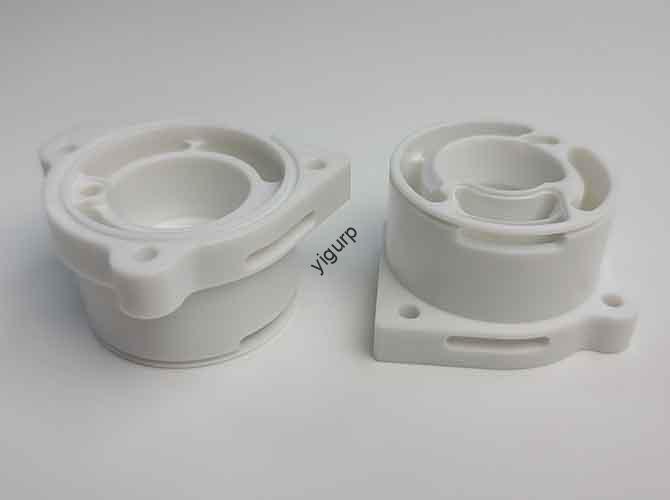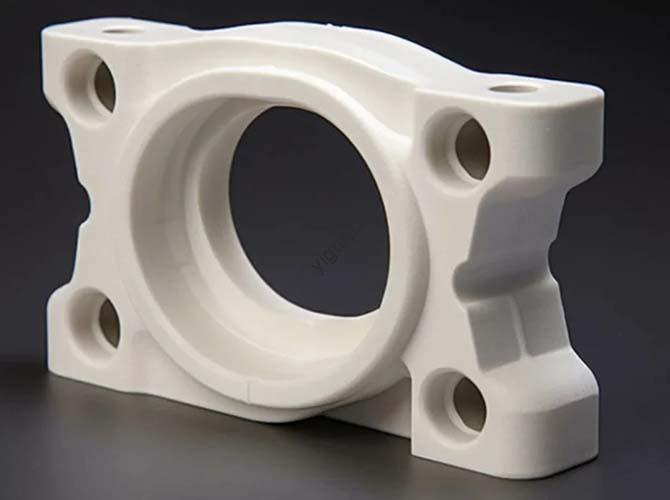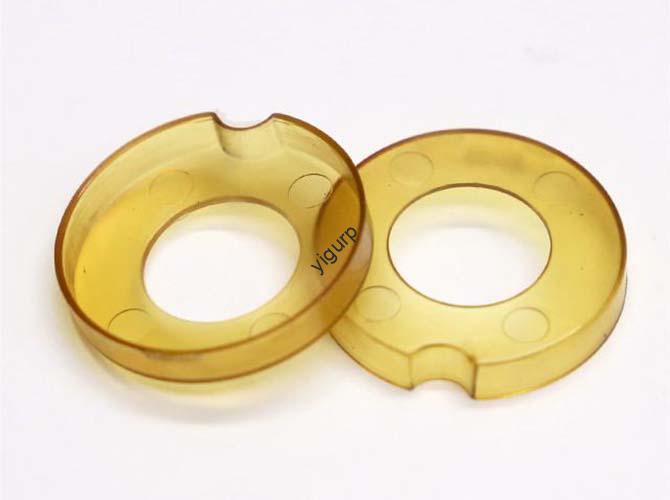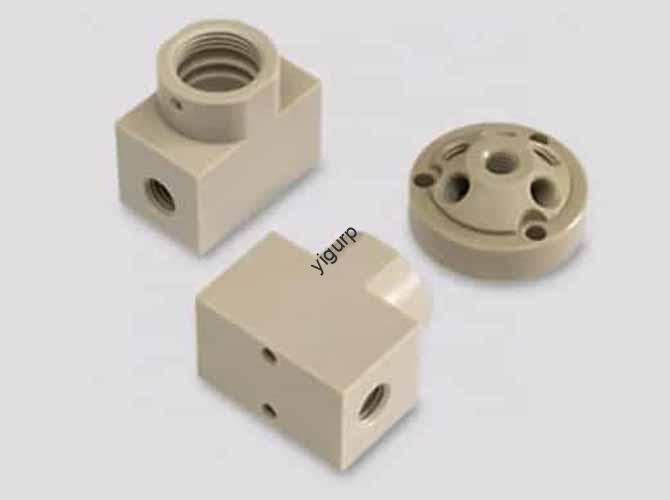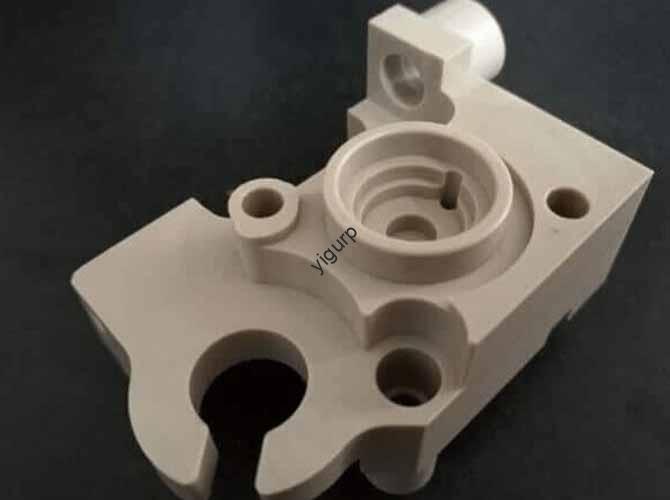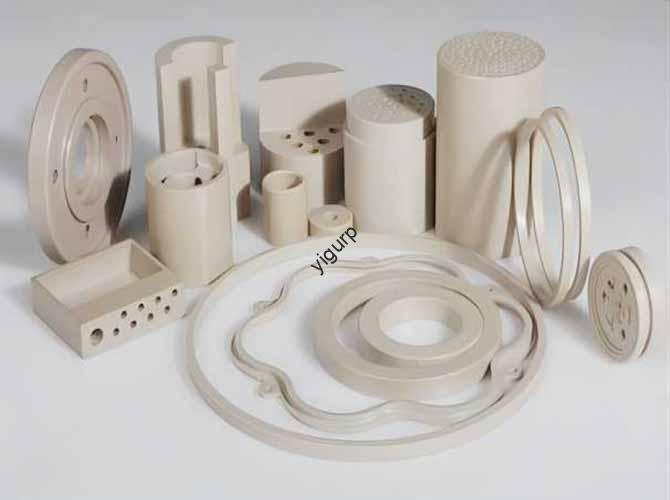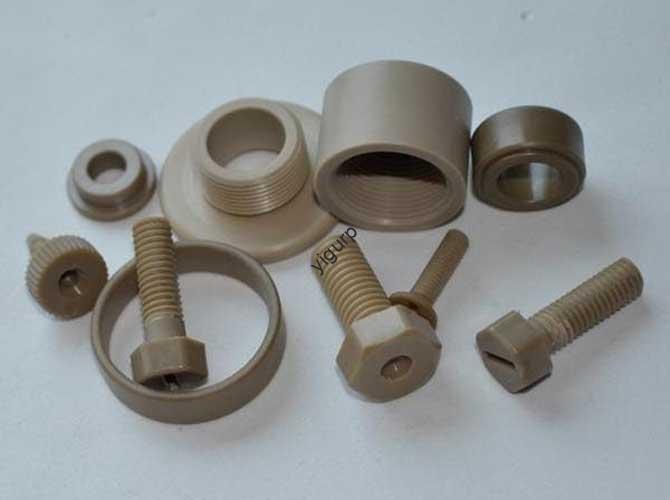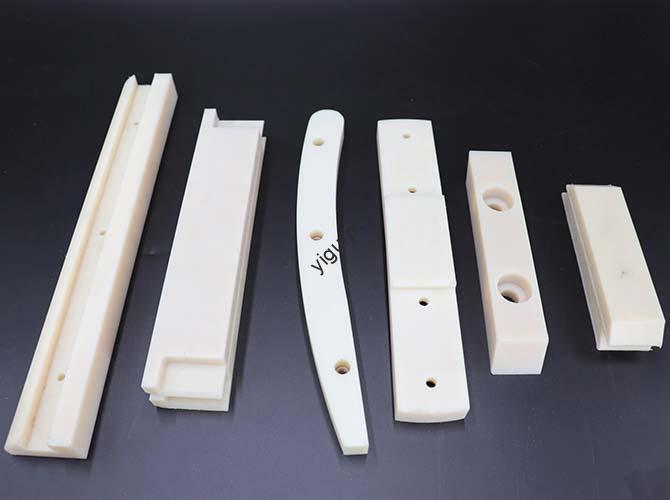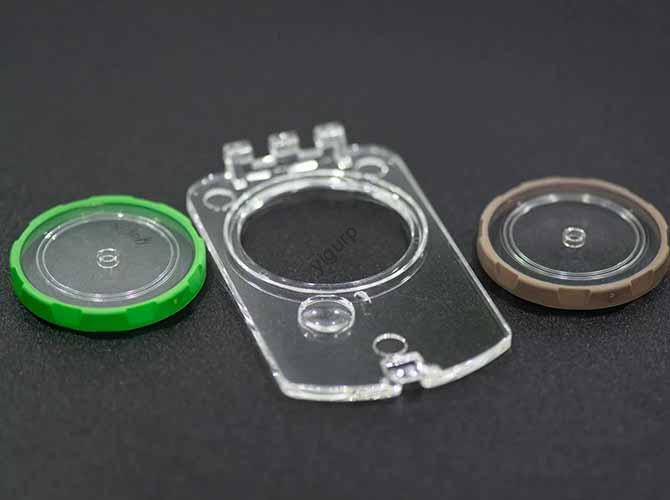What Is Silicone Molding and Its Key Methods?
Silicone molding is a manufacturing process that transforms liquid or semi-solid silicone raw materials into elastomeric products with specific shapes and properties. It serves as the backbone of producing everything from daily necessities (Por exemplo, utensílios de cozinha) to high-precision industrial parts (Por exemplo, vedações). But with multiple molding techniques available, how do you choose the right one […]
